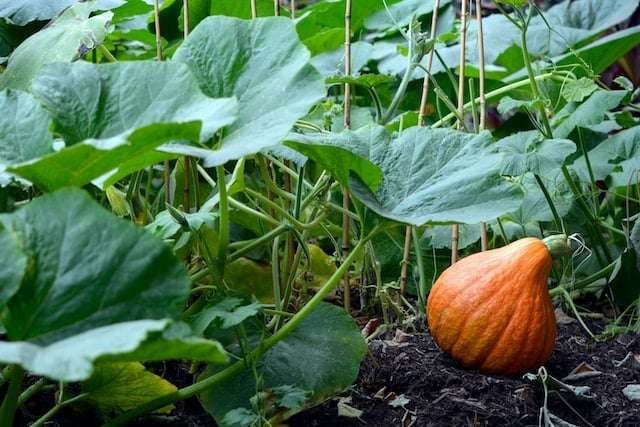Selecting the right seeds is necessary if you want a successful crop or thriving garden. It helps quite a bit to know your aims (what you hope to accomplish with your gardening) and to be honest with yourself about your level of expertise. Here are five tips to help you pick the best seeds for your goals.
1. Understand the Results You Want and the Needs of Your Garden or Crop:
Space is a key consideration for some gardens. For instance, some people can grow only indoors, while others have tiny outdoor gardens. In these cases, you’d want to avoid pumpkins and sweet corn since they take up a lot of space. Peppers, salad greens, and some types of tomatoes are a better fit for smaller gardens.
In a similar vein, some growers think it does not matter if they have feminized or masculinized seeds. They think it is fine to get whatever seeds and plant them. This is not really the case with plants such as marijuana.
If you are growing marijuana plants, you likely want feminized seeds. Cannabis plants produce much higher yields when they are all female, and the buds are typically of much higher quality. Feminized seeds also produce female plants, and there should not be a risk of cross-pollination.
In other words, research the plants you want to grow before you make any seed purchases. Fortunately, it is easy to buy only feminized weed seeds from many marijuana seed banks. Your purchase is cost-effective since you won’t have to remove half of your plants later on.
As always, though, understand your goals. For example, you may want a few masculinized cannabis seeds if you hope to experiment with breeding.
2. Buy from Reputable Sources:
To ensure quality, purchase your seeds from trusted and reputable sources. Following through with the cannabis example, you risk ending up with many hermaphrodite plants if you don’t buy your seeds from a quality retailer.
This is because one way to breed feminized cannabis seeds is to force the plants to become hermaphrodites through stressors such as pH imbalances and too little water. A hermaphroditic plant produces seeds that are more likely to be hermaphroditic themselves.
In any case, whether you’re growing cannabis plants, sunflowers, tulips, or snap peas, look to reputable online seed suppliers, local garden centers, and specialized seed catalogs for your purchases. They typically use excellent quality control measures.
3. Read Seed Packets Carefully:
You can grow an amazing array of flowers, vegetables, and fruits from inexpensive seed packets. Do read the packets carefully, as they contain valuable information about the Right Seeds inside. Pay attention to details about the seed variety and the planting instructions.
If you buy your seeds online, carefully study instructions and recommendations for your varieties before you make final purchases. For example, if you plan to grow marijuana seeds outside, it may not be the right time of the year in your locality for that. You could do it inside but might need specialized equipment.
Start with Easier Plants:
If you have no gardening experience, it may be best to start with easier plants such as melons, cucumber, zucchini, hollyhocks, catmint, and black-eyed Susans. Even with “easy” seeds, still check before purchasing that the weather and environment you are in should work for the Right Seeds.
4. Choose Hybrid or Improved Seed Varieties:
Hybrid seeds are often bred for specific traits. Likewise, improved seeds are selectively bred for superior qualities such as resistance to pests and diseases. Depending on your goals, such seeds could be just what your garden needs to flourish.
5. Use Companion Plants:
In companion planting, certain plants are grown together to benefit each other. For example, some companion plants can naturally suppress weed growth by shading the soil or releasing substances that deter weeds. Examples of companion plants include these:
- Corn, beans, and pumpkin (or squash)
- Petunias and asparagus
- Dill and tomatoes
- Radishes and carrots
Choose which to use for your garden depending on your goals. For example, if your goal is to save space, then lettuce and tomatoes could work well. Lettuce is an early, short-season crop, while tomatoes can grow in the same bed that the lettuce did later in the season.
If you want to focus on soil health, then companion plants could include carrots and melons since they have different root structures. This allows for better soil aeration and nutrients from different parts of the soil profile.
Plants can help each other physically, too. If you plant beans and corn together, then corn stalks are a natural structure for beans to climb.
Insect management is another aspect of companion planting. As an example, a companion plant can keep insects at bay in the general area by emitting certain odors. Similarly, a garden filled with plants of various shapes, colors, and sizes makes it harder for insects to find specific plants and can be confusing for bugs.
You can maximize your gardening or growing success by following the above five tips for choosing the right seeds. It is always essential to understand your needs and goals and source seeds from reputable sources.









